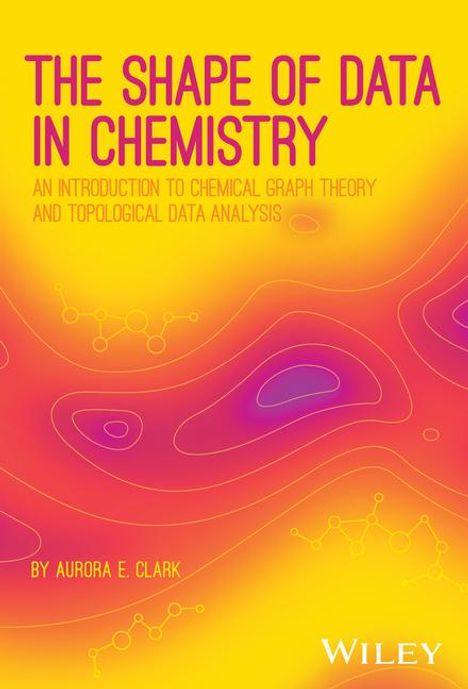Aurora Clark: The Shape of Data in Chemistry, Gebunden
The Shape of Data in Chemistry
- An Introduction to Chemical Graph Theory and Topological Data Analysis
Lassen Sie sich über unseren eCourier benachrichtigen, sobald das Produkt bestellt werden kann.
- Verlag:
- Wiley, 04/2029
- Einband:
- Gebunden
- Sprache:
- Englisch
- ISBN-13:
- 9781119794158
- Umfang:
- 504 Seiten
- Erscheinungstermin:
- 2.4.2029
- Hinweis
-
Achtung: Artikel ist nicht in deutscher Sprache!
Ähnliche Artikel
Klappentext
An Advanced Textbook Introducing Graph Theory and Topological Data Analysis for Chemists Chemistry is at a tipping point where the integration with applied mathematics is dramatically expanding research paradigms, chemical models and theories. Methods that include graph theory, algebraic geometry, geometric topology and topological data analysis expand chemical insight by providing intuitive information extracted from complex chemistry data. Written by a world leader and pioneer in graph theory and topological analyses in chemistry, The Shape of Data in Chemistry is an advanced textbook that introduces the aforementioned topics to chemists so that they may identify patterns and correlations in data sets that span electronic structure, the statistical ensembles of molecules, colloids, and interfaces, as well as experimental measurement. Within detailed chapters that introduce core concepts and theoretical backgrounds, 'real world' examples are described that are supported by online data sets, Jupyter notebooks, and discussion on expanding chemistry concepts / models. Case study chapters are also presented throughout the text, highlighting applications of these methods in the study of chemical reaction networks, nanoporous materials, energy landscapes, and many others. Some of the topics and learning materials covered and included within the work are: Graph theory: descriptors of chemical graphs across scale, spectral graph theory, and dynamic properties of chemical graphsTopological data analysis: morse theory, topological spaces in chemistry, geometric measure theory, homology and persistence, stability and distance, and integration with machine learningA companion website hosts data sets and Jupyter notebooks to accompany the real-world examples and case studies presented throughout the bookExample software input files for analyses with different codes are also included to aid in reader comprehensionThe Shape of Data in Chemistry serves as a forward-thinking and modern introduction to graph theory and topological analysis for researchers working at the intersection of chemistry, applied mathematics, and data science, as well as those in fields related to computational chemistry, materials science, physics and applied mathematics. Upper-level undergraduate and graduate students enrolled in courses that focus on data science in the physical sciences will also be able to use the work to gain an understanding of innovative topics related to their areas of study, while math students will find unique applications and domain expertise that inspire mathematical development.




